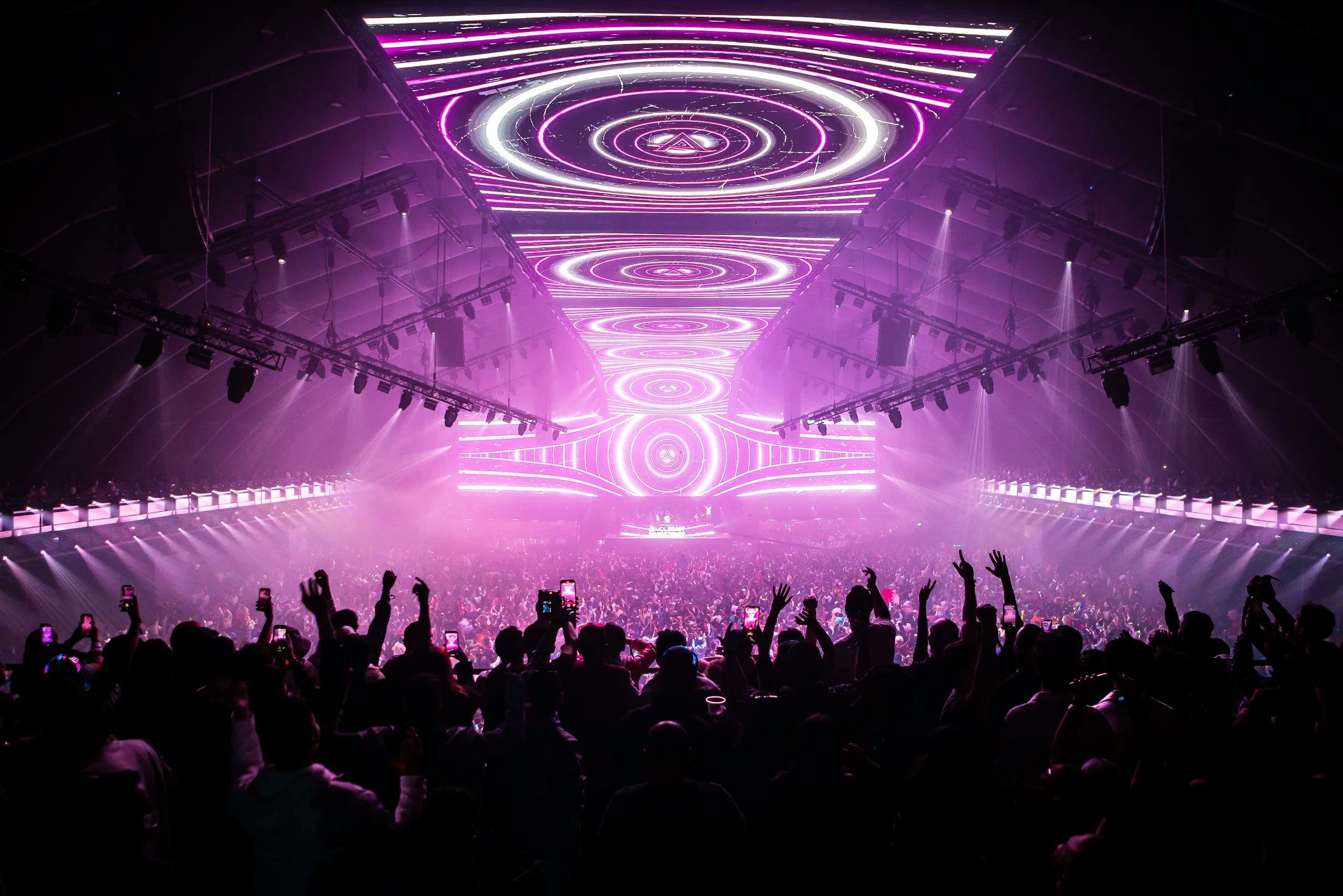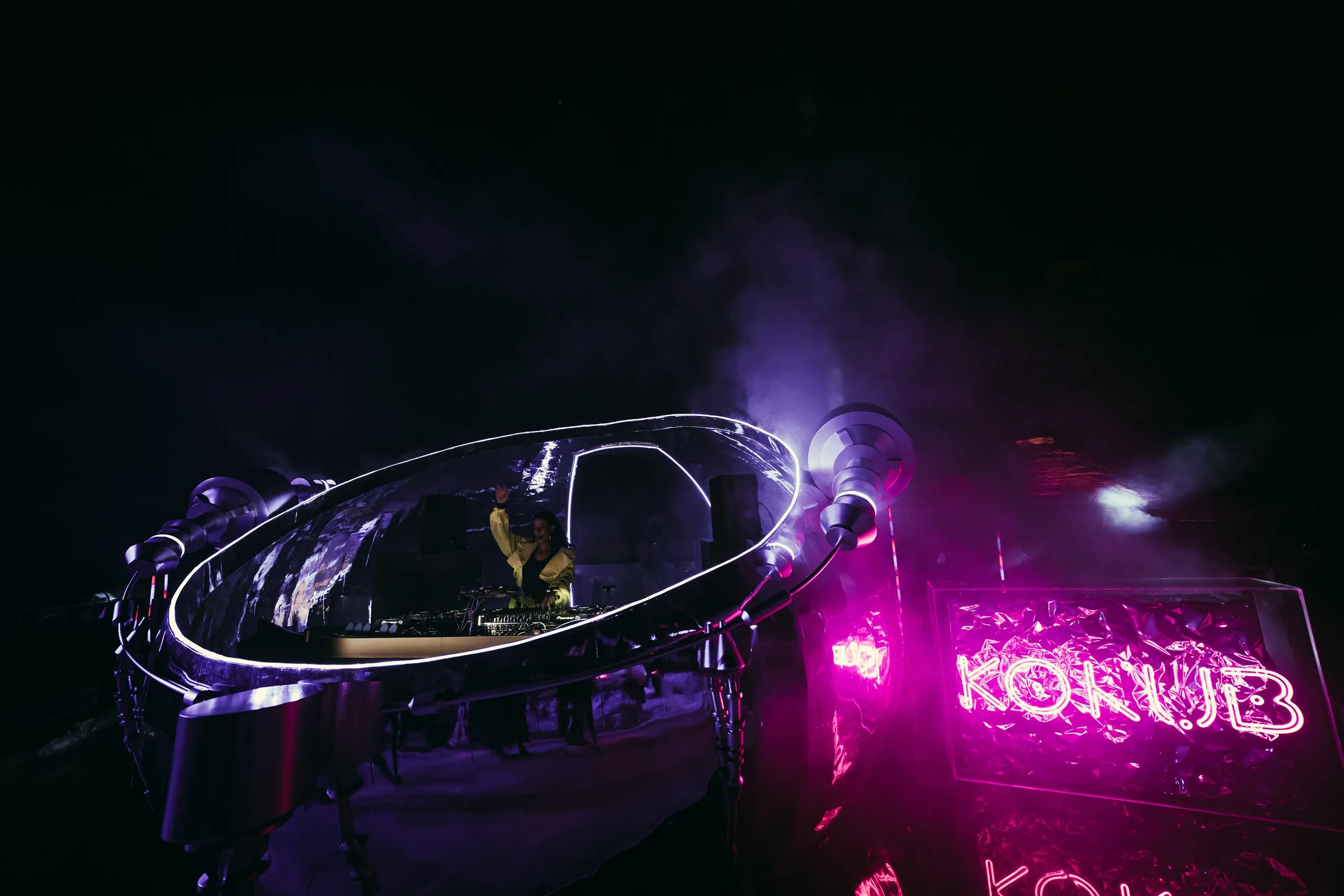

Keyboard Instruments in The Electronic Music Landscape
By MDLBEAST
October 23 2023
Keyboard Instruments in The Electronic Music Landscape
By MDLBEAST
October 23 2023
We’ve navigated the origin of music and the history of multiple types of instruments - including string, flute, and brass instruments. This list would not be complete without keyboard instruments. Today, we guide you through the evolution of these instruments, from their acoustic roots to their prevalence in the electronic music landscape.
A Brief History of Keyboard Music
Innovation and development characterize the keyboard's long and storied past. It all started with the harpsichord and clavichord - early keyboard instruments that produced sound by plucking strings. These instruments laid the foundation for the emergence of the piano, which appeared in the late 17th century, and utilized an ingenious hammer and string mechanism.
The piano quickly established itself as a powerful and versatile instrument capable of expressing a wide range of emotions within different compositions and musical contexts.
Flash forward to the late 19th and early 20th centuries, when technological advances allowed for the development of electronic keyboard instruments such as the synth, marking a pivotal moment in music history in ushering in the era of electronic music.
The Electric Piano: A New Era Begins
The electric piano, an early introduction to the world of electronic keyboard instruments, can be dated back to the late 1920s. The Neo-Bechstein electric grand piano was among the first to emerge in 1929.
Pioneers like Harold Rhodes (who invented the Rhodes piano in the 1970s) contributed to the advancement of electric pianos that aimed to replicate the sound and feel of acoustic pianos while also offering new sonic possibilities. However, it’s important to note that the electric piano is not an electronic musical instrument like a synthesizer, but rather an electro-mechanical instrument.
Electronic Keyboard Instruments
While electric pianos were designed to have the look and feel of acoustic pianos, electronic keyboards typically offer a more comprehensive range of sounds but rarely have the feel or look of an acoustic piano. Compared to a piano, their lighter weight and fewer, less-resistive notes make them simpler to play. Additionally, In contrast to the electric piano's weighted keys, which lift a weight and produce varying sounds depending on how hard the key is pressed, a keyboard's springy keys only allow for one volume level.
In 1874, Professor Elisha Gray was experimenting with telegraph technology and the idea of using it to convey sound when he built the first electronic keyboard. The "Musical or Harmonic Telegraph" he devised produced a buzzing sound that spanned two octaves.
Contemporary electronic keyboard instruments come equipped with a myriad of features, including MIDI connectivity, touch-sensitive keys, and a plethora of built-in sounds and effects. These instruments have become indispensable for electronic music producers and performers alike, offering boundless creative potential.
The Synth and The Rise of Electronic Musical Instruments
Synthesizers and samplers emerged in the late 19th century as the vanguards of the electronic music movement. These instruments, capable of generating and manipulating a vast array of sounds, empowered musicians to explore new sonic frontiers.
Synthesizers, which can imitate any instrument to create an original sound, may look like keyboards but are fundamentally different. In contrast to keyboards, synthesizers allow musicians to design their own tones.
While 'analogue' synthesizers were initially created as the simplest way to replicate a genuine instrument with minimal technology, they eventually gained a fan base and are featured prominently in many iconic songs from the 1970s and 1980s.
Kurzweil Music Systems is a notable company that produces electronic musical instruments. It was founded in 1982 by the legendary Stevie Wonder, along with computer scientist Raymond Kurzweil and musical instrument inventor Bruce Cichowlas. The company launched the K250 synthesizer/sampler in 1984, considered the first successful attempt to emulate the complex sound of a grand piano. This instrument was inspired by a bet between Ray Kurzweil and musician Stevie Wonder over whether a synthesizer could sound like a real piano.
The electronic musical instruments made by Kurzweil Music Systems are among the best in the industry. The company was established in 1982 by the legendary Stevie Wonder, along with computer scientist Raymond Kurzweil and musical instrument inventor Bruce Cichowlas.
In 1984, the company released the K250, a synthesizer/sampler widely regarded as the first truly effective attempt to mimic the intricate sound of a grand piano ( a result of a wager between inventor Kurzweil and Wonder on whether a synthesizer could imitate the sound of a piano).
Synthesizers revolutionized music production by enabling artists to create electronic sounds and experiment with timbre, pitch, and modulation. The Minimoog (the world’s first portable synth), developed by Bob Moog in 1970, became an iconic synthesizer synonymous with the evolving electronic music genre. Its influence extended across various electronic music styles, from ambient to techno.
Soundstorm: Celebrating Electronic Music Innovation
Experimental and interdisciplinary approaches propel the ever-changing landscape of electronic music. This is exemplified by MDLBEAST's Soundstorm Festival, a groundbreaking event that embraces the universal language of electronic beats across genres.
Artists worldwide perform at Soundstorm, blending different styles of electronic music such as techno, house, trance, and more. The festival showcases the power of electronic keyboard instruments and synthesizers in creating innovative and immersive soundscapes. Artists performing at Soundstorm harness the full potential of electronic keyboard instruments to deliver mesmerizing live performances that push the boundaries of electronic music.
Share this


